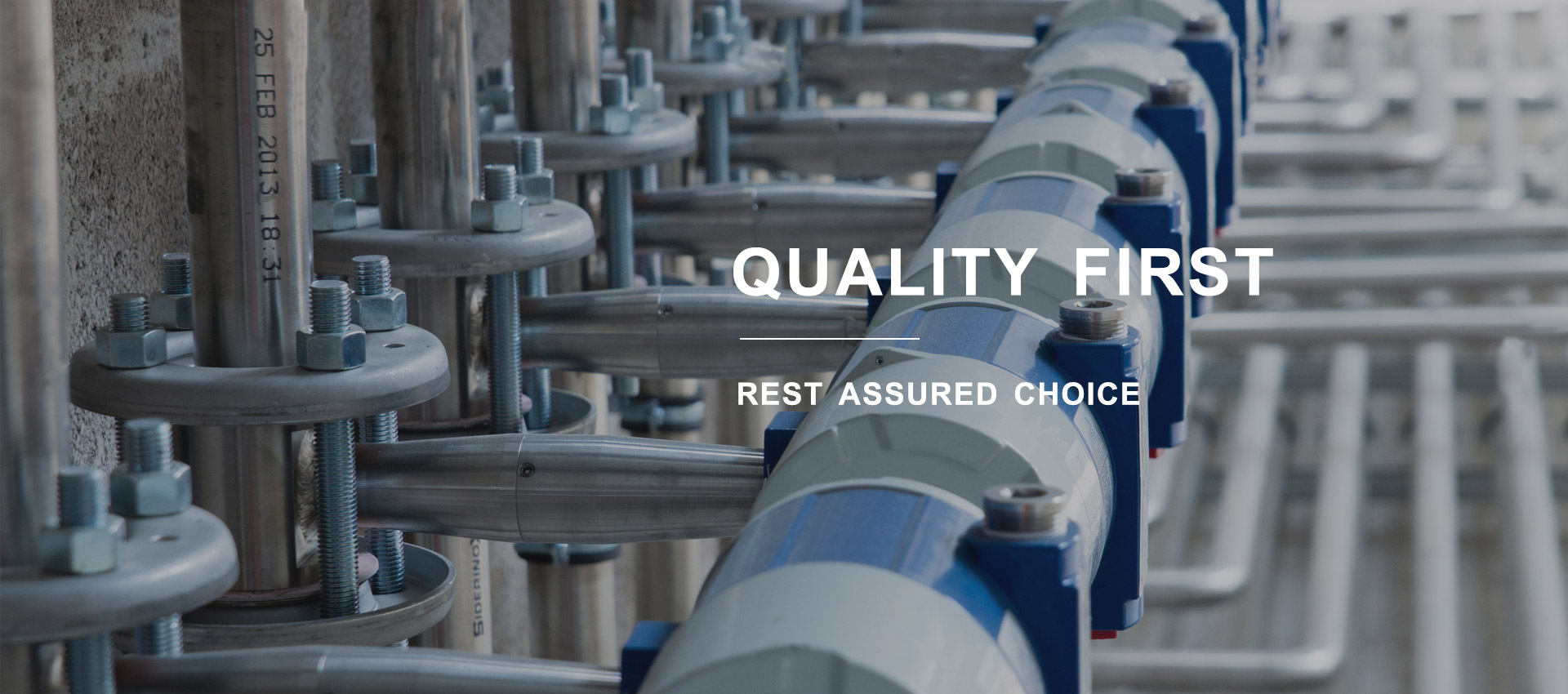Oct . 20, 2024 21:12 Back to list
M6 Nut with 1.25 Thread Pitch for Reliable Fastening Solutions
Understanding M6 1.25 Nut Key Features and Applications
The M6 1.25 nut is a crucial component in mechanical engineering and construction, providing a reliable method for fastening various structures and machinery. To understand its significance, it is essential to break down its designation and explore its features, materials, applications, and installation techniques.
What does M6 1.25 Mean?
The designation M6 refers to the metric thread diameter of the nut, which measures 6 millimeters. The number 1.25 denotes the pitch of the thread, meaning there is 1.25 millimeters between each thread. This standard is part of the ISO metric screw thread system, which is widely used across the globe. The M6 1.25 nut is commonly paired with an M6 bolt, screw, or stud, ensuring a snug fit that is vital for load-bearing applications.
Material Composition
M6 1.25 nuts can be manufactured from various materials, including steel, stainless steel, brass, and nylon. The choice of material heavily influences the nut's strength, resistance to corrosion, and overall durability.
1. Steel Commonly used due to its strength, steel nuts are often treated with coatings like zinc plating to enhance corrosion resistance. These nuts are suited for general-purpose applications in both indoor and outdoor environments. 2. Stainless Steel Stainless steel M6 nuts are excellent for situations where corrosion resistance is crucial, such as marine applications or chemical plants. Their non-corrosive nature ensures a longer lifespan in harsh environments.
3. Brass Brass nuts offer good corrosion resistance and are often used in electrical applications due to their conductivity.
4. Nylon Nylon nuts provide unique advantages such as lightweight, non-conductivity, and resistance to corrosion. They are ideal for applications where electrical insulation is necessary.
Applications of M6 1
.25 NutsM6 1.25 nuts are versatile and find applications in various industries, such as automotive, construction, manufacturing, and electronics. Here are a few examples
1. Automotive Industry In vehicles, M6 nuts are used to secure components such as engine parts, chassis components, and exhaust systems. Their reliability in high-stress environments is crucial for vehicle safety and performance.
m6 1.25 nut

2. Construction M6 nuts are widely utilized in construction projects to join structural elements. They play an essential role in the assembly of frameworks, securing beams, and stabilizing equipment.
3. Manufacturing In machinery assembly, these nuts are used to hold parts together. They are critical in ensuring that machines operate smoothly and safely.
4. Electronics Lightweight nylon M6 nuts are often used in electronic devices, providing secure connections without the risk of electrical conduction.
Installation Techniques
Installing M6 1.25 nuts requires proper tools and techniques to ensure a secure and safe connection.
1. Tools The most common tools used include wrenches and socket drivers. It is important to select the appropriate size to avoid damaging the nut or bolt.
2. Tightening Proper torque specifications must be followed to avoid under-tightening or over-tightening, which can lead to failure. Using a torque wrench can help achieve the correct tension.
3. Lubrication Applying lubrication to the bolt before fastening can minimize friction, making it easier to achieve the desired torque.
4. Inspection After installation, regular inspection of the nut and bolt assembly is crucial. This ensures that there is no loosening due to vibrations or thermal expansion in various applications.
Conclusion
The M6 1.25 nut is a fundamental component in various applications, owing to its metric thread design, material diversity, and functional versatility. Whether it is in automotive manufacturing, construction, or electronics, understanding its specifications and installation techniques is vital for ensuring safety and reliability in structural integrity. As technology evolves, the materials and applications for M6 1.25 nuts will continue to expand, solidifying their place as essential elements in modern engineering and construction practices.


